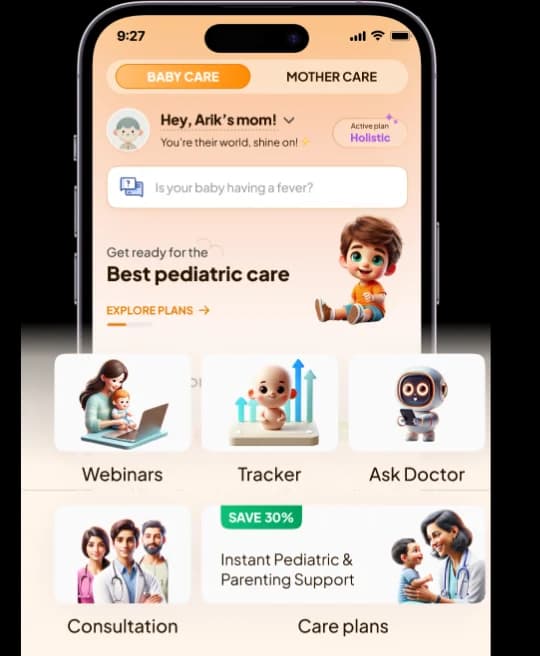
Your baby's vaccination journey is a vital part of their early life, but the long list of shots can feel confusing and overwhelming. As a parent, you want to ensure your child gets the best protection with the least amount of discomfort. That's where modern combination shots, like the 6-in-1 vaccine, come in.
At Babynama, we believe in empowering parents with clear, authoritative information. This guide will walk you through everything you need to know about the 6-in-1 vaccine in India—from the diseases it covers to the vaccination schedule and common side effects.
What is the 6-in-1 Vaccine?
The 6-in-1 vaccine is a single combination injection that protects your baby against six serious childhood diseases. Its official name is the DTaP-IPV-Hib-HepB vaccine. The primary benefit is providing comprehensive protection while reducing the number of individual shots your baby needs, which means fewer tears and less stress for both you and your little one.
What Six Diseases Does It Protect Against?
With just one shot, the 6-in-1 vaccine provides powerful immunity against:
Diphtheria (D): A serious bacterial infection affecting the throat and airways.
Tetanus (T): A nerve disease caused by bacteria entering a wound, often called "lockjaw."
Pertussis (aP): Also known as whooping cough, this is a highly contagious and dangerous respiratory infection for infants.
Hepatitis B (HepB): A viral infection that attacks the liver and can lead to chronic disease.
Poliomyelitis (IPV): The vaccine protects against Polio, a crippling viral disease that can cause paralysis.
Haemophilus influenzae type b (Hib): A bacterium that can cause life-threatening illnesses like pneumonia and meningitis.
